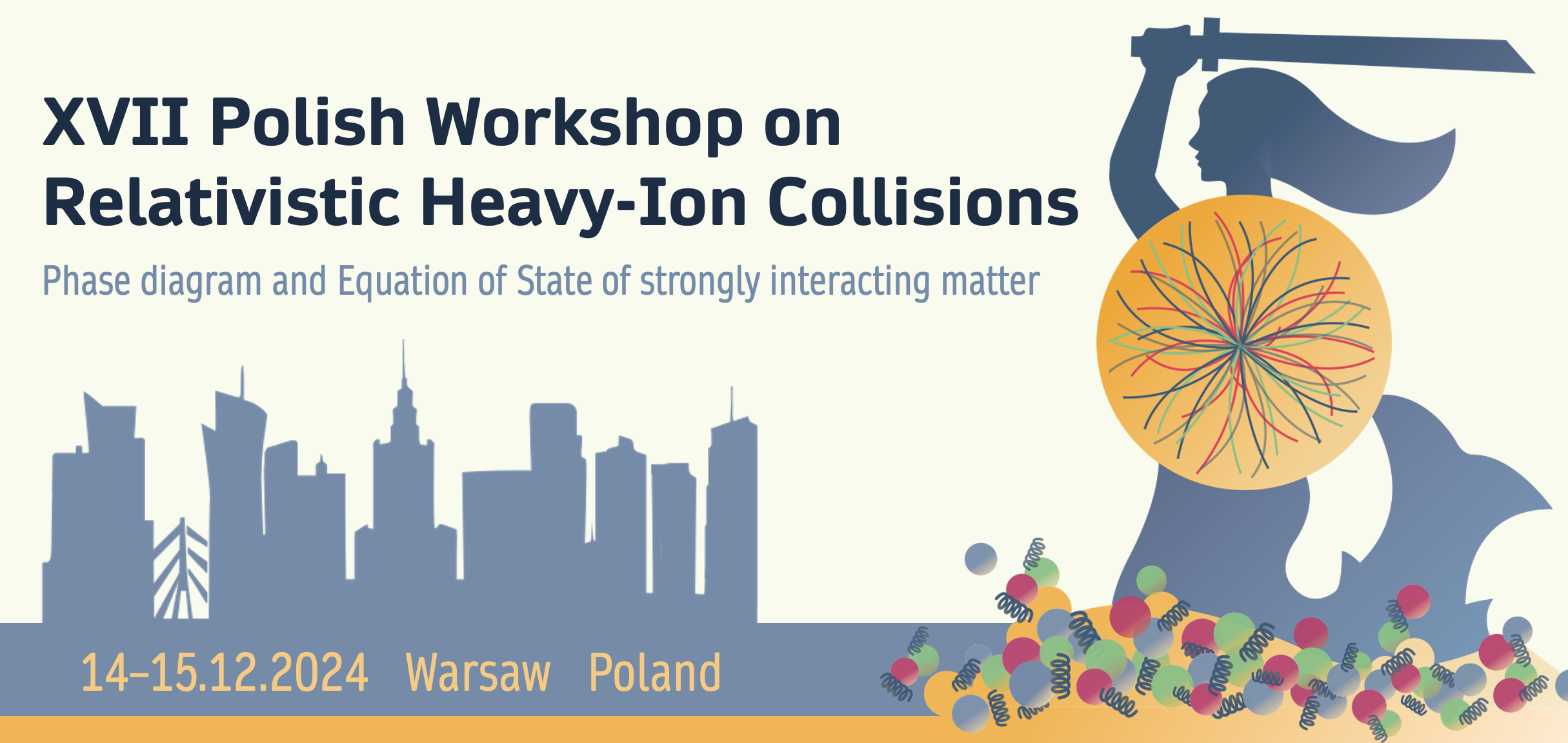Speaker
Description
Based on a generalized Beth-Uhlenbeck approach to thermodynamics of QCD we explain why the abundances of hadrons produced in ultrarelativistic heavy-ion collisions are well described by the hadron resonance gas (HRG) model with a sudden chemical freeze-out at a well-defined hadronization temperature despite the fact that state of the art results of lattice QCD indicate a smooth chiral crossover. The hadrons are treated as color singlet multiquark clusters in medium with a background gluon field in the Polyakov gauge coupled to the underlying chiral quark dynamic based on a confining density functional approach. Restoration of chiral symmetry at high temperatures triggers the Mott dissociation of multiquark clusters and deconfinement of quark-gluon plasma (QGP). While perfectly reproducing the smooth behavior of entropy density and chiral condensate of lattice QCD, the approach indicates an abrupt switching between the hadrons and partons. This is manifested by a rapid change of the ratio of baryon number susceptibilities $\chi_4^B/\chi_2^B$ from the value of HRG to the one of QGP. We report for the first time that $\chi_4^B/\chi_2^B$ shall not be mistaken for a measure of the fraction of hadrons in the system. Its deviation from unity below the chiral restoration temperature can actually quantify a repulsive residual interactions in the HRG. We associate it with the effects of Pauli blocking and model by a temperature dependent correction to the phase shift of baryons, in accordance with lattice QCD results on $\chi_4^B/\chi_2^B$.
